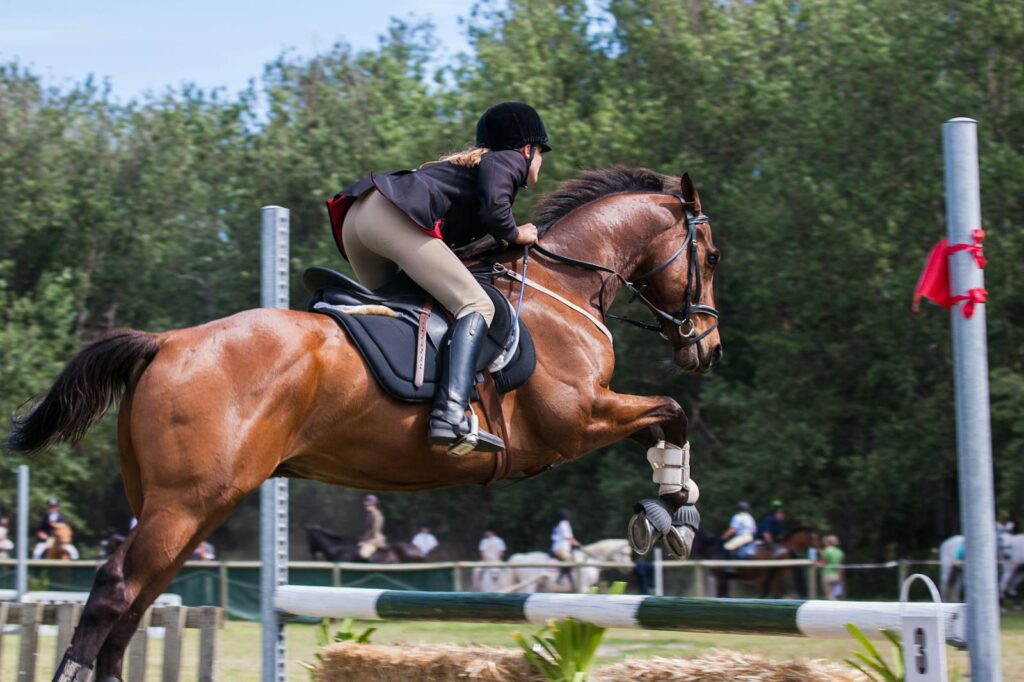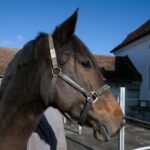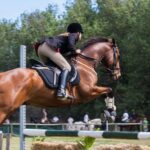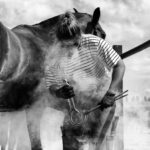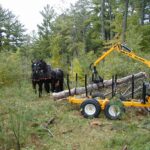The partnership between rider and horse represents one of the most beautiful examples of cross-species communication in the equestrian world. At its highest level, this communication becomes almost invisible to observers—a slight shift in the rider’s weight, a gentle pressure from the calf, or the subtlest change in seat position can prompt a horse to collect, extend, or change direction. This seemingly magical connection doesn’t happen overnight; it’s the result of methodical training, consistency, and developing a profound understanding between horse and rider. Learning to train your horse to respond to subtle seat and leg cues will not only enhance your riding experience but also create a more harmonious partnership based on clear communication rather than force. In this comprehensive guide, we’ll explore the fundamentals of developing this refined communication system with your equine partner.
Understanding Horse Biomechanics and Natural Responses
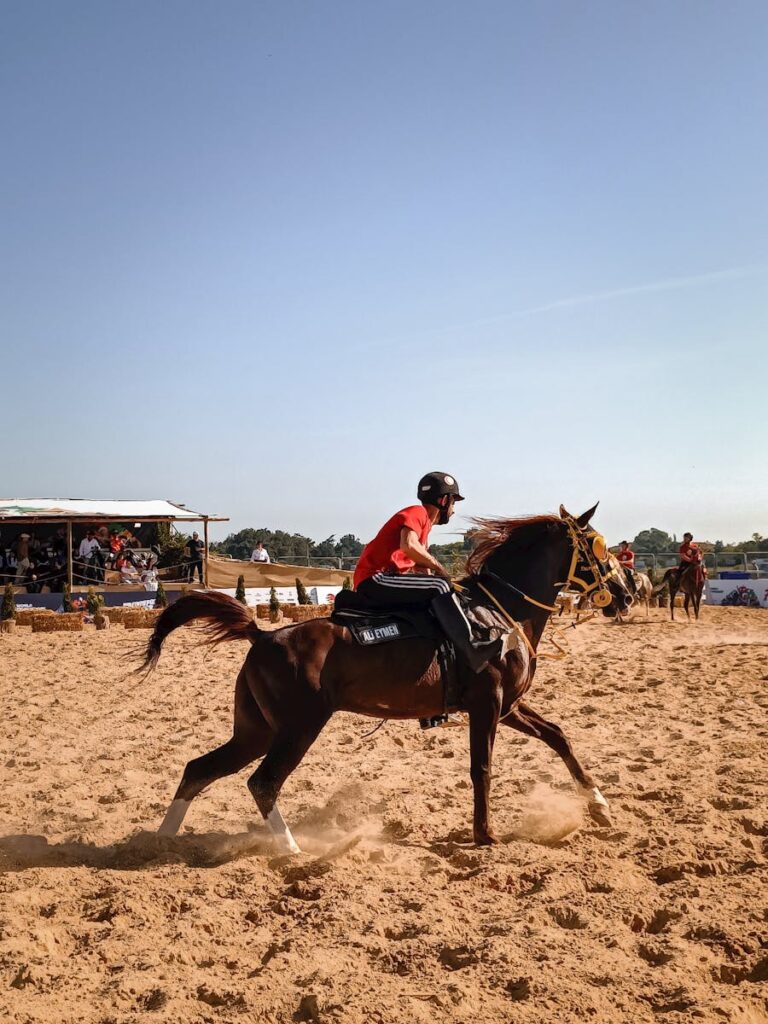
Before diving into training techniques, it’s essential to understand how horses naturally respond to pressure and weight distribution. Horses are prey animals with highly sensitive bodies designed to detect subtle changes in their environment, including weight shifts on their backs. They naturally move away from pressure—applying pressure to the left side of a horse will generally cause movement to the right. This natural response forms the foundation of our riding aids; we aren’t teaching horses anything unnatural, but rather refining their inherent responses into precise, controlled movements. Understanding that a horse’s body is divided into zones that can be individually influenced helps riders develop more targeted and effective communication. The more aware you become of how your horse’s body works mechanically, the more precise your cues can become.
Establishing a Solid Foundation of Basic Responses
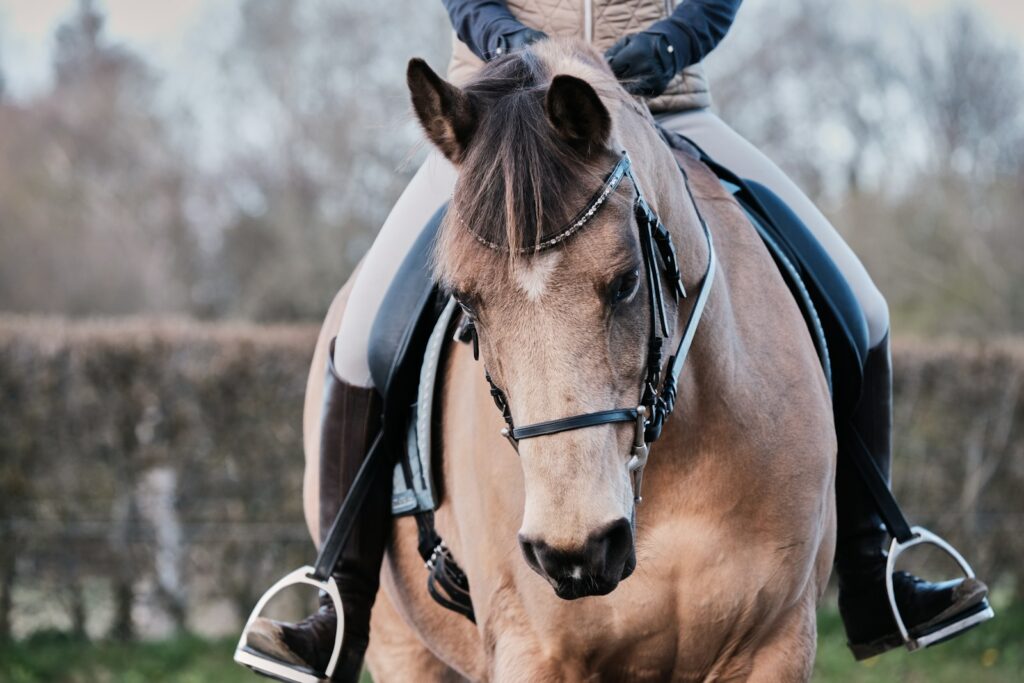
Subtle communication begins with clearly established basic responses that are consistently reinforced. Before expecting your horse to respond to whisper-quiet aids, ensure they reliably understand and respond to more obvious cues. Your horse should move forward willingly from leg pressure, halt from seat and rein cues, and understand basic turning aids before refinement begins. These fundamental responses are like the alphabet that precedes complex language—they must be firmly established before subtlety can be introduced. Training sessions should initially focus on black-and-white communication: clear request, immediate response, and immediate release of pressure as reward. Once these patterns are consistently established, you can begin “turning down the volume” on your aids gradually while maintaining the clarity of the conversation.
Developing Rider Body Awareness and Control
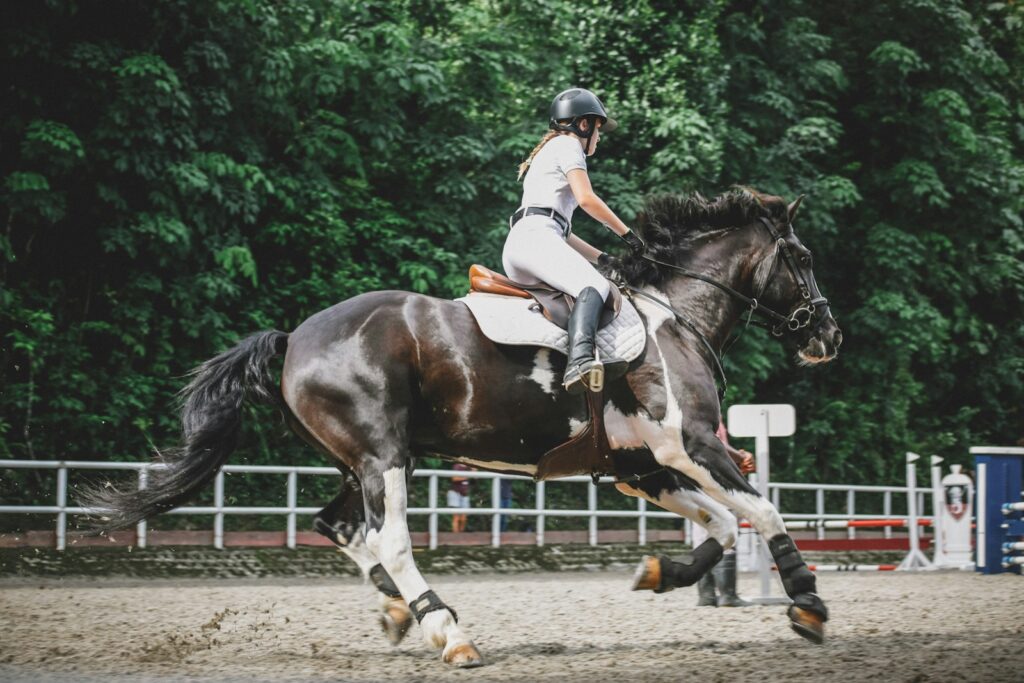
Subtle communication demands exceptional body control from the rider, making this as much about rider training as horse training. You must develop the ability to isolate different parts of your body—applying leg pressure without inadvertently shifting your seat, or changing your weight distribution without tensing your hands. Regular exercises without stirrups help develop an independent seat, while mindfulness practices improve your awareness of unconscious movements or tensions. Video recordings of your riding sessions can reveal habitual movements you may be unaware of making. Consider working with an experienced instructor who can provide immediate feedback on your body position and how it affects your horse. Remember that your horse feels everything—not just your intentional aids but also your tension, imbalance, and unconscious movements.
The Progression from Strong to Subtle Cues
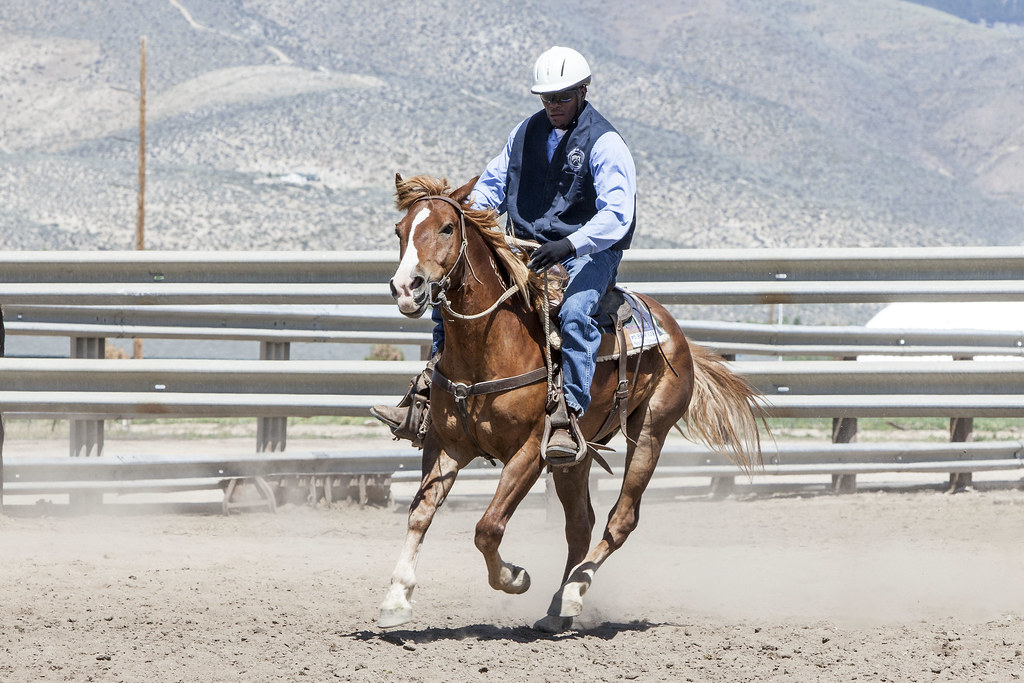
Training for subtlety follows a consistent pattern: request with a light aid, wait briefly for a response, and if none comes, follow with a stronger reinforcement. Over time, the horse learns to respond to the initial light aid to avoid the stronger follow-up. This progressive approach prevents the common problem of horses becoming desensitized to constant pressure. Begin each training session by requesting movements with the lightest possible aid, only increasing intensity if needed, and immediately returning to light aids afterward. This creates a horse that remains “tuned in” to subtle signals rather than growing dull to persistent pressure. The key is consistency—a light aid must always mean the same thing, and stronger reinforcement must always follow if the light aid is ignored.
Mastering the Independent Seat
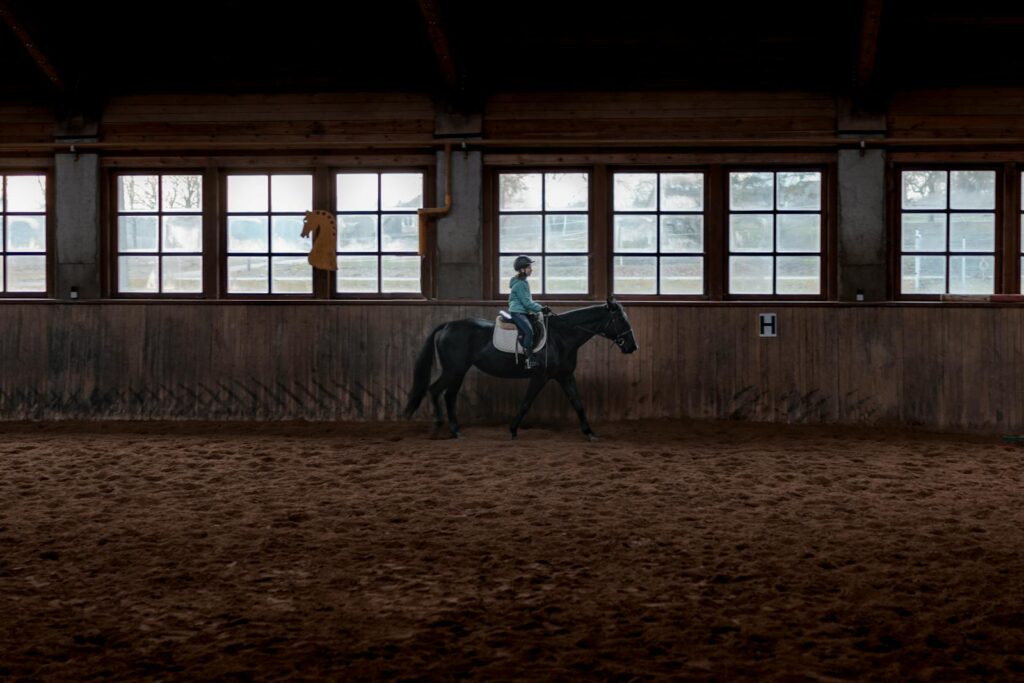
An independent seat is the foundation for all subtle communication while mounted. This means having the ability to move one part of your body without disturbing others—applying leg pressure without shifting your seat, or turning your upper body without pulling on the reins. Developing this independence requires dedicated practice through exercises like riding without stirrups, practicing position changes at halt, and focused work on isolating different body parts. Pilates, yoga, and other core-strengthening activities can significantly improve your body control when not in the saddle. With an independent seat, your cues become clearer and more precise because they’re not muddled by unintentional movements. This clarity makes it much easier for your horse to understand and respond appropriately to subtle signals.
Weight Aids: The Subtle Influence of Balance
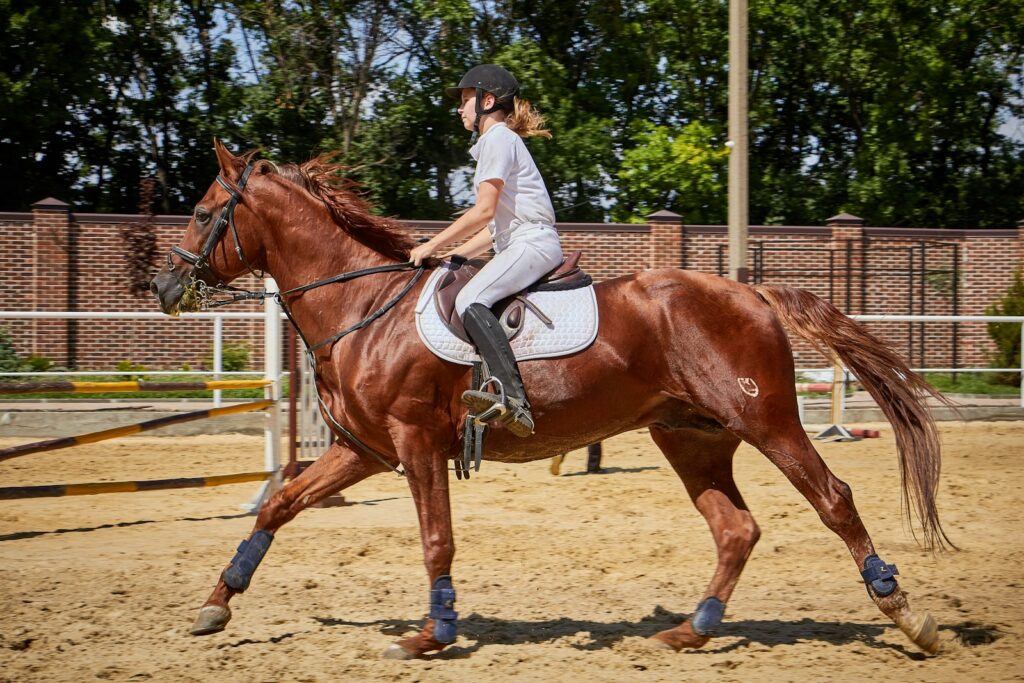
Weight aids are perhaps the most subtle communication tool available to riders, functioning through minute shifts in weight distribution that influence the horse’s balance. These aids work with the horse’s natural tendency to rebalance under uneven weight—shifting slightly more weight into your right seat bone naturally encourages the horse to step under more with the right hind leg. Practice weight aids initially at a halt and walk, focusing on transferring weight between seat bones without leaning or collapsing through your waist. As your horse becomes more responsive, these nearly invisible cues can guide direction changes, collection, and lateral movements with remarkable precision. Advanced riders can combine weight aids with timing that corresponds to the horse’s footfalls for maximum effectiveness—shifting weight as a particular hoof is about to leave the ground amplifies the horse’s response to that aid.
Developing Responsive Leg Cues
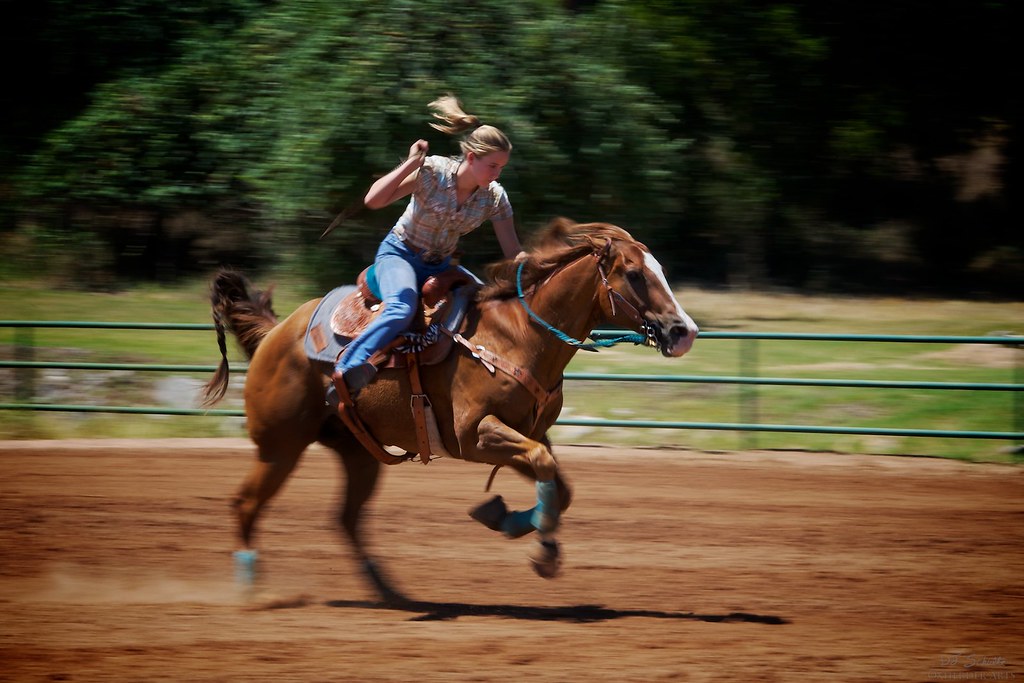
Refined leg aids allow communication through light contact rather than obvious kicks or constant pressure. Begin by establishing clear responses to specific leg positions—calf pressure at the girth for forward motion, behind the girth for engagement, or in specific positions for lateral movements. When training for subtlety, apply the lightest possible pressure, wait approximately three seconds for a response, and only then increase pressure if needed. The moment your horse responds correctly, immediately release the pressure as a reward. This clear cause-and-effect relationship helps your horse understand that responding to light pressure prevents stronger pressure. Over time, try to make your leg aids “lighter” by using less pressure while maintaining the same clear response, gradually working toward cues that would be barely visible to an observer.
The Role of Rein Aids in Complementing Seat and Leg
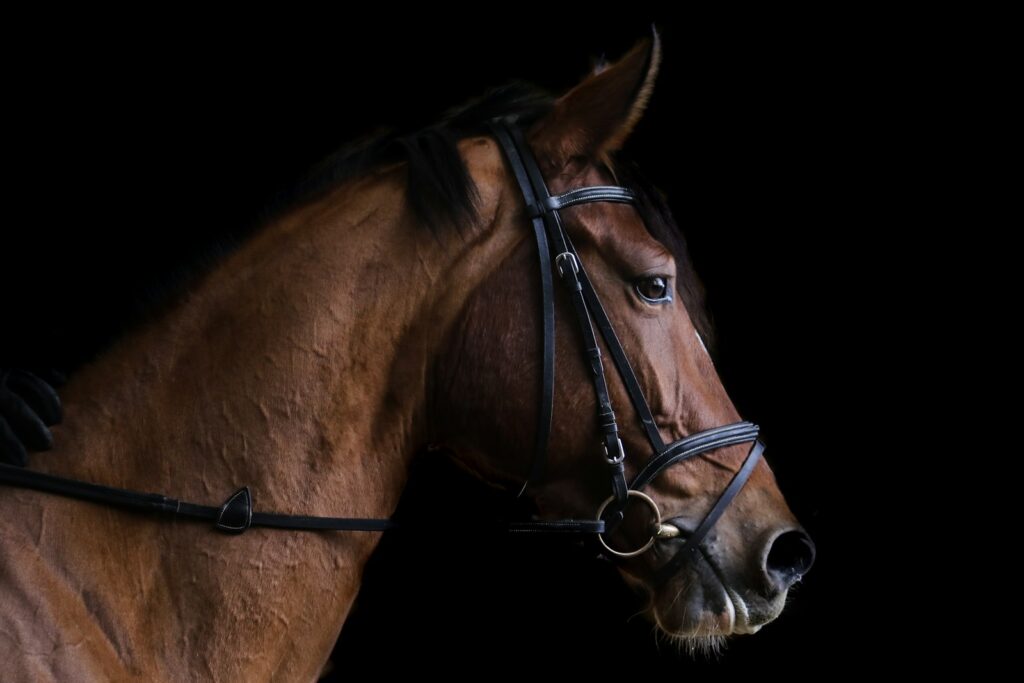
While this article focuses on seat and leg cues, rein aids play an important complementary role in creating a complete communication system. Refined rein aids should work in harmony with seat and leg cues, not override or contradict them. The lightest rein contact—a subtle change in tension rather than an obvious pull—can complement weight and leg aids to create precise communication. Practice exercises that separate rein aids from weight aids, such as turning using only seat and weight while keeping reins completely steady. This helps both you and your horse understand that reins are just one component of a more sophisticated communication system. As training progresses, rein aids should become almost invisible, serving mainly to frame the horse and maintain connection rather than actively control movement.
Training for Lateral Movements with Subtle Cues

Lateral movements provide excellent opportunities to develop subtle communication because they require coordinated aids from seat, leg, and rein. Begin with basic leg yielding, focusing on using the lightest possible leg pressure to request sideways movement. As your horse responds reliably, introduce more complex lateral work like shoulder-in, haunches-in, and half-pass, always beginning with the clearest possible aids before refining toward subtlety. For each movement, develop a precise “aid picture”—the exact combination of weight shift, leg position, and rein contact that requests that movement. Consistency in this aid picture helps your horse learn to respond to increasingly subtle versions of the same cue pattern. Advanced lateral work ultimately becomes a dance of almost invisible aids, with the rider seemingly doing nothing while the horse performs complex movements.
Using Groundwork to Enhance Mounted Sensitivity
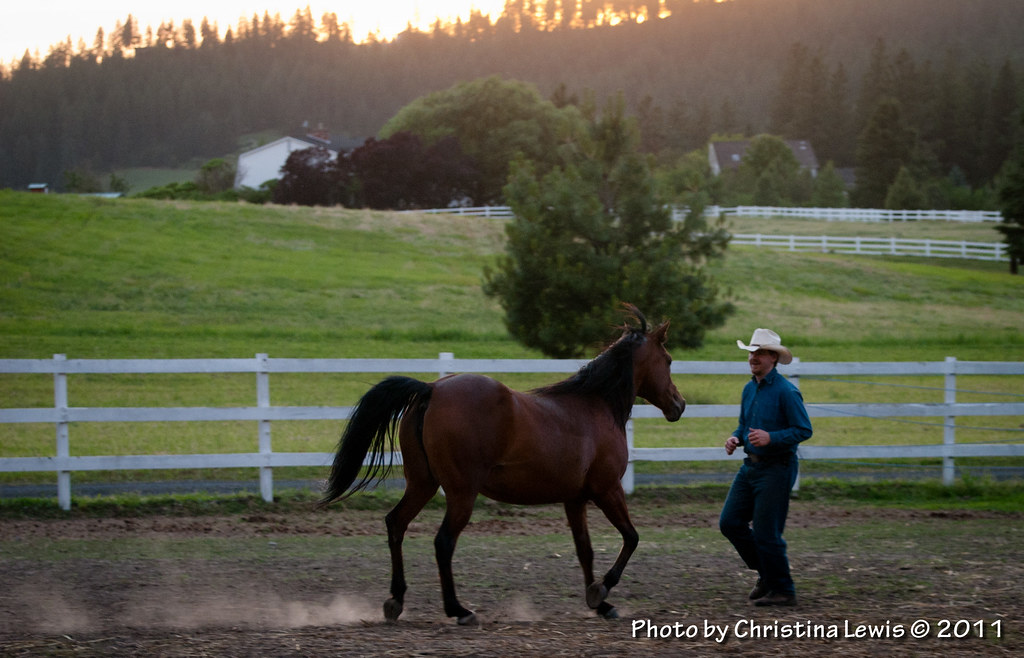
Groundwork provides valuable opportunities to develop your horse’s responsiveness before adding the complexity of a rider’s weight. Liberty work, long-lining, and in-hand exercises can all help establish the habit of responding to light cues. When working from the ground, use a consistent progression from light to stronger aids—a light touch with a whip or training stick before applying more pressure, or a gentle tug on the line before a firmer one. These groundwork patterns create neural pathways that transfer to under-saddle work, establishing the principle that light aids have meaning and deserve attention. Some trainers find that alternating between groundwork and mounted work in the same session helps transfer the sensitivity developed on the ground to under-saddle responses.
Common Challenges and Troubleshooting
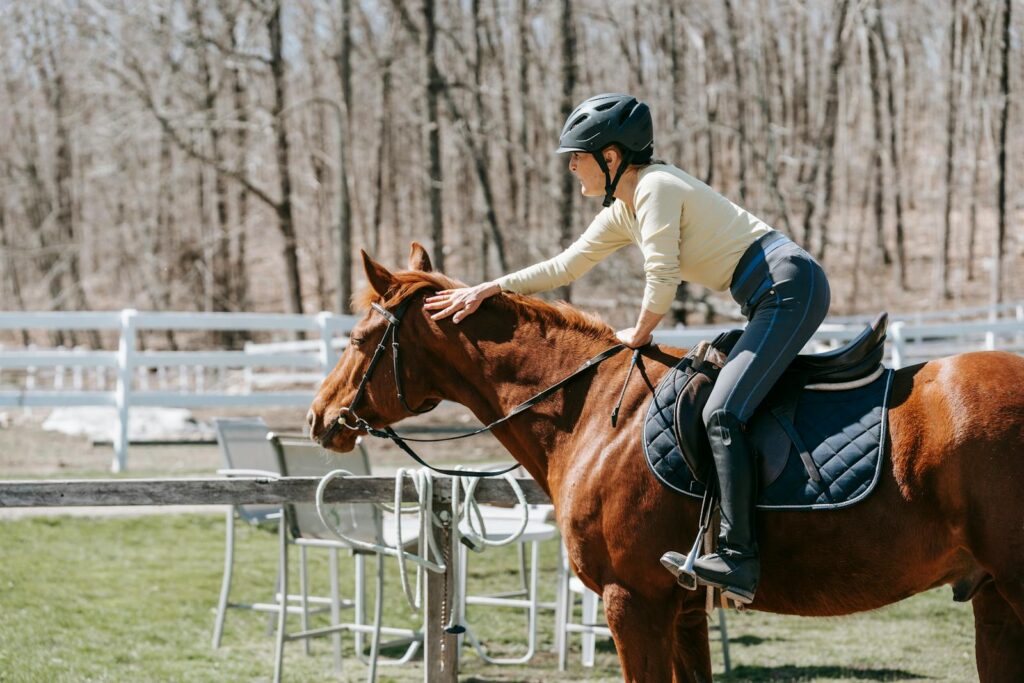
Even with methodical training, challenges in developing subtle communication are normal and should be addressed systematically. If your horse ignores subtle cues, avoid the temptation to simply use stronger aids permanently, as this creates a cycle of decreasing sensitivity. Instead, return to the progression principle—light aid, brief waiting period, stronger reinforcement if needed, then immediate return to light aids. Physical issues can also impede progress; a horse experiencing discomfort may resist responding to subtle cues in movements that cause pain. Regular veterinary and bodywork check-ups help ensure your horse is physically capable of performing what you’re asking. Mental resistance often manifests as inconsistent responses—willing compliance one day, resistance the next—which usually indicates confusion about what’s being asked. In these cases, returning to simpler exercises with clearer communication helps rebuild confidence.
Maintaining and Refining Sensitivity Over Time
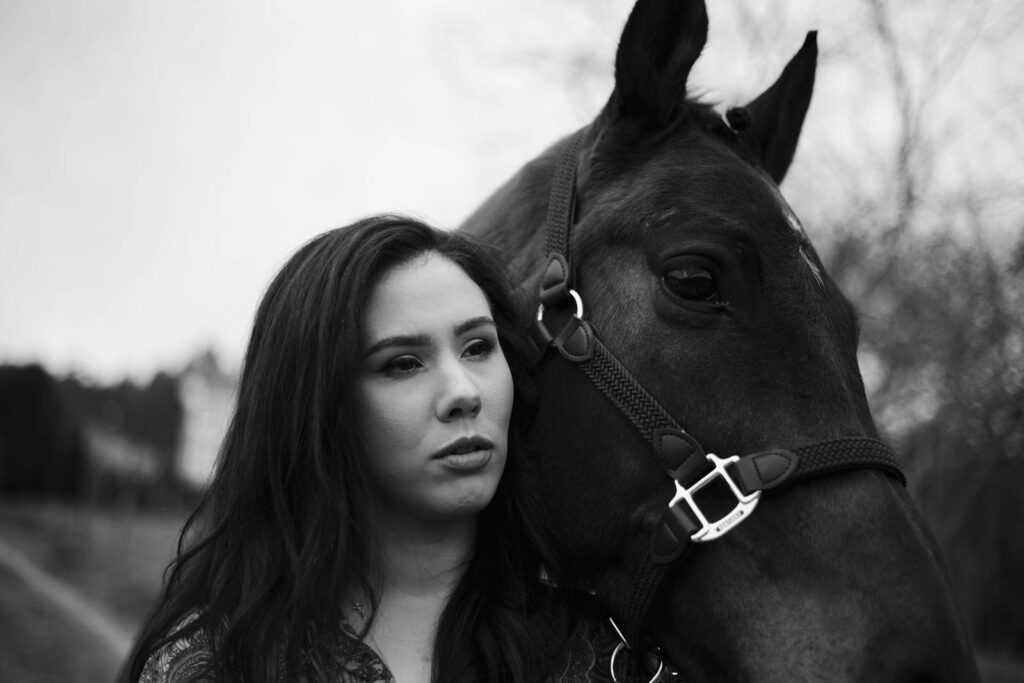
Once your horse begins responding to subtle cues, maintaining this sensitivity requires ongoing attention and systematic training approaches. Begin each riding session with a “sensitivity check”—requesting movements with the lightest possible aids and reinforcing as needed. This establishes the communication standard for that session. Vary your routine regularly to prevent your horse from anticipating exercises and responding to pattern rather than actual cues. Include regular “tune-up” sessions focused specifically on response quality rather than movement complexity. These sessions might be simple walk-halt transitions or basic turns, but with complete focus on the quality and promptness of response to subtle aids. Remember that maintaining sensitivity is easier than rebuilding it after it’s lost, so consistency in your expectations and aids is essential.
Advanced Applications: Creating the “Invisible” Connection
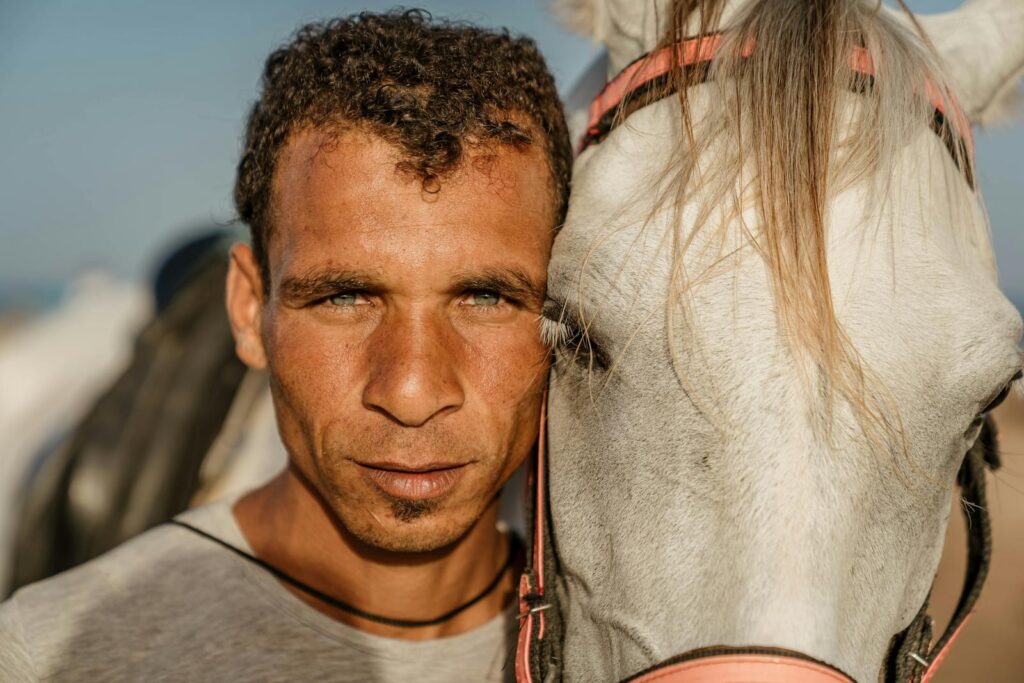
At the highest levels of training, the communication between horse and rider appears magical to observers—the horse seems to read the rider’s mind with no visible cues. This advanced stage builds on all previous training but adds extreme precision in timing and coordination of aids. Riders at this level use not only seat, leg, and rein cues but also breath control, minimal changes in muscle tension, and timing aligned perfectly with the horse’s movement cycle. These riders understand exactly when in the stride pattern a particular aid will have maximum effect with minimum effort. They can influence specific parts of the horse’s body independently—asking for more engagement from just one hind leg, or changing the bend of just the ribcage while maintaining the neck and haunches position. This level of refinement takes years of dedicated practice but represents the ultimate goal of subtle communication—a partnership where two beings move as one through barely perceptible conversation.
The journey toward subtle communication with your horse represents one of the most rewarding aspects of horsemanship. It transforms riding from mechanical control to genuine partnership—a conversation conducted through the lightest whispers rather than shouts. This refinement benefits both partners: the horse works with less stress and more understanding, while the rider develops extraordinary body awareness and control. The process demands patience, consistency, and attentiveness, but the results speak for themselves in the harmony and beauty of the connection. A horse responding to nearly invisible cues demonstrates not just training but trust and willingness to participate in the partnership. By following the progressive approach outlined in this guide, you’ll develop not just a responsive horse but a deeper relationship based on clear, respectful communication—the true foundation of classical horsemanship.

